
Holocaust Memory in Ukraine: The Case of the Babyn Yar Holocaust Memorial Center
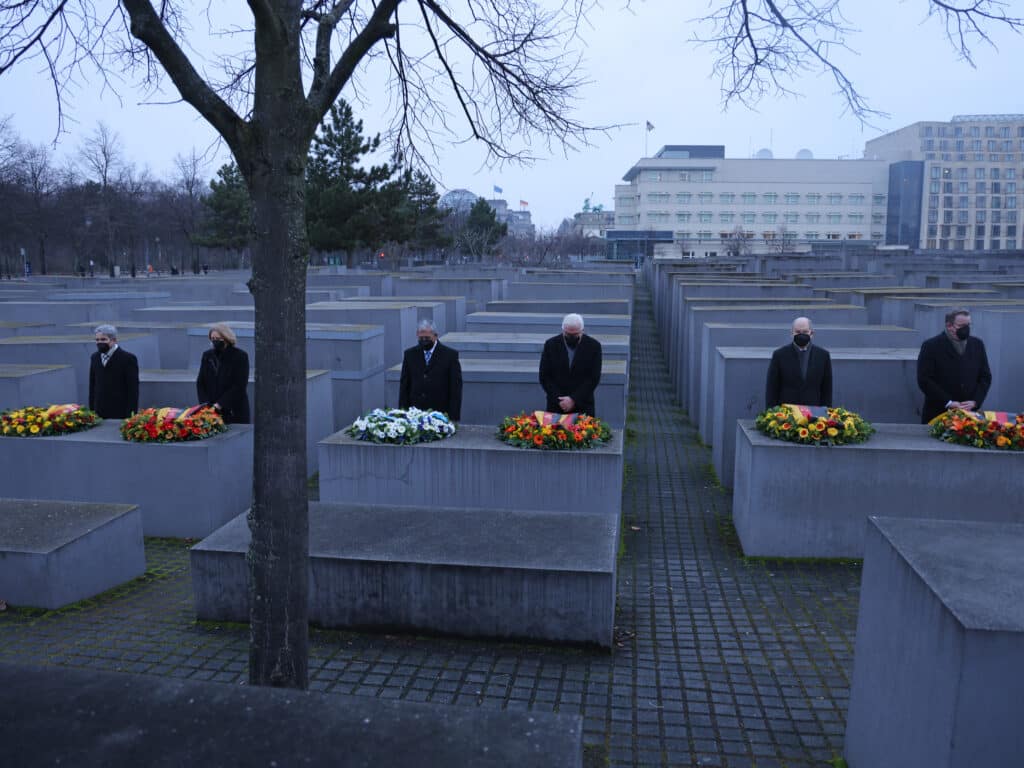
- Introduction
- Historical Background of Babyn Yar
- Memory of Babyn Yar During the Soviet Era
- Holocaust Memory in Independent Ukraine
- The Babyn Yar Holocaust Memorial Center: Goals and Vision
- Architecture, Design, and Educational Mission
- Global Context and International Memory Culture
- Digital Memory and Technological Innovation
- Challenges and the Future of Holocaust Memory in Ukraine
Introduction
The study of Holocaust memory in Eastern Europe has undergone a dramatic transformation in the last three decades. Among the most important and emotionally charged sites is Babyn Yar, a ravine in Kyiv where one of the largest mass shootings of the Holocaust took place. Over two days in September 1941, Nazi forces murdered more than 33,000 Jewish civilians—a massacre that would continue in subsequent months with the killing of Roma, Soviet prisoners of war, Ukrainian nationalists, mental health patients, and others.
This article examines “Holocaust Memory in Ukraine: The Case of the Babyn Yar Holocaust Memorial Center”, analyzing the evolution of the memorial landscape, the transformation of public memory, and the profound significance of the site in both Ukrainian and global contexts.
Today, the Babyn Yar Holocaust Memorial Center represents one of the most ambitious, technologically innovative, and politically contested Holocaust memorial projects in the world. The institution aims not only to commemorate the victims, but to reshape how the Holocaust is understood across generations.
Historical Background of Babyn Yar
Babyn Yar became a symbol of Nazi brutality almost immediately after the massacre in September 1941. Eyewitness accounts and reports from local residents described scenes of terror that would later be confirmed by Soviet investigations. The ravine served as a killing ground for over 100,000 people between 1941 and 1943.
The massacre at Babyn Yar was part of the broader policy of Nazi Einsatzgruppen units, which traveled behind front-line troops systematically murdering Jewish communities across Eastern Europe. Scholars have documented the role of these units in the strategy of “the Holocaust by bullets,” a term widely discussed by organizations such as Yad Vashem.
Babyn Yar’s significance lies not only in the scale of the atrocity, but also in how its memory was suppressed and manipulated for decades.
Memory of Babyn Yar During the Soviet Era
During the Soviet period, Babyn Yar became emblematic of the suppression of Jewish suffering. While the massacre was publicly acknowledged, Soviet authorities avoided identifying the victims explicitly as Jews. Instead, they were described as “peaceful Soviet citizens,” which aligned with broader Soviet narratives that downplayed ethnic distinctions.
This deliberate erasure formed part of a larger policy in which Soviet memory culture emphasized the collective heroism of the Soviet people during the Great Patriotic War. As a result, the unique tragedy of the Holocaust was overshadowed. Literary figures such as Yevgeny Yevtushenko, whose poem “Babi Yar” became an international protest against Soviet silence, were instrumental in bringing attention to the injustice.
Historical records of the era show that construction projects, including a stadium and residential zones, were planned over the ravine, reflecting official disregard for Jewish memory. This suppression remained largely intact until Ukraine gained independence in 1991.
Holocaust Memory in Independent Ukraine
After 1991, Ukraine began reevaluating its historical narrative, including the memory of Babyn Yar. Researchers, activists, and Jewish organizations pushed for recognition of the site as a central location of Holocaust history.
In the first two decades of independence, memorialization efforts were fragmented but persistent. Small monuments were erected, public commemorations grew more frequent, and archival research expanded. Institutions such as the United States Holocaust Memorial Museum collaborated with Ukrainian scholars to document the full extent of the massacre.
The emergence of a more open discourse about the Holocaust coincided with Ukraine’s broader efforts to develop a national identity distinct from the Soviet legacy. This involved grappling with difficult chapters of history, including instances of local collaboration and antisemitism.
It is within this context that the Babyn Yar Holocaust Memorial Center emerged as an ambitious attempt to institutionalize Holocaust memory in a comprehensive and globally relevant way.
The Babyn Yar Holocaust Memorial Center: Goals and Vision
The Babyn Yar Holocaust Memorial Center (BYHMC) was established with the aim of creating a world-class museum, research institution, and educational facility dedicated to the massacre. Its mission extends beyond commemoration: it aspires to become a global leader in Holocaust education, memory preservation, and digital innovation.
The project gained significant momentum with international support and involvement from prominent scholars, artists, and architects. According to historical analyses available at EHRI (European Holocaust Research Infrastructure), the center represents a major step in integrating Ukrainian Holocaust memory into global discourse.
The memorial seeks to honor the victims by reconstructing personal stories, collecting testimonies, and developing educational tools that speak to both local and international audiences. Its purpose reflects the broader theme of “Holocaust Memory in Ukraine: The Case of the Babyn Yar Holocaust Memorial Center”, emphasizing remembrance, accountability, and historical clarity.
Architecture, Design, and Educational Mission
One of the most remarkable elements of the BYHMC project is its architectural vision. Rather than a single building, the memorial is conceived as a complex comprising multiple installations, museums, and interactive spaces. This modular design reflects the layered nature of memory at Babyn Yar.
Cutting-edge technologies—including virtual reality, AI-driven archives, and immersive soundscapes—are being incorporated to create an emotional and educational impact. A planned “Names Memorial” aims to identify and document every known victim of the massacre, echoing similar international efforts such as the “Pages of Testimony” project at Yad Vashem.
The educational mission of the center includes:
- Comprehensive Holocaust curriculum for schools
- Research programs for historians and scholars
- Public exhibitions and cultural events
- Survivor testimony preservation
Through these initiatives, the memorial hopes to address the long-standing gaps in Holocaust education in Eastern Europe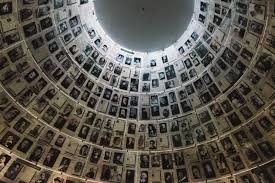
There has also been debate regarding the architectural approach, with some preferring more traditional memorials and others supporting innovative, experiential designs.
Additionally, the 2022 Russian invasion of Ukraine brought new urgency to discussions about memory, identity, and state violence. The tragedy of Babyn Yar was invoked globally when a Russian strike in Kyiv hit near the memorial site, prompting responses from governments and international organizations. An overview of this incident and its implications can be found through reporting by BBC News.
These controversies highlight the ever-evolving nature of Holocaust memory and the complex intersection of history, politics, and identity.
Global Context and International Memory Culture
Holocaust memory is always transnational. Ukraine’s efforts at Babyn Yar connect deeply with global debates about how societies remember, commemorate, and learn from mass atrocities. The memorial center collaborates with institutions worldwide, including Holocaust museums, research collectives, and cultural organizations.
In this global context, BYHMC stands as a symbol of Ukraine’s engagement with the international memory community. It also underscores the need for historical accuracy in the face of disinformation, denialism, and political manipulation.
Readers seeking broader historiographical context can consult international academic publications hosted by institutions like JSTOR, which offer peer-reviewed research on Holocaust studies.
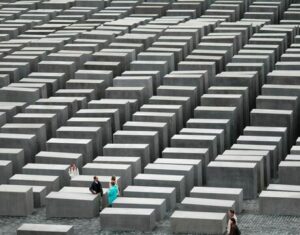
Digital Memory and Technological Innovation
One of the defining features of the Babyn Yar Holocaust Memorial Center is its embrace of digital memory tools. For younger generations, historical engagement increasingly occurs through digital spaces. BYHMC has responded by developing:
- interactive digital archives
- mobile exhibitions
- AI-assisted reconstruction of victim identities
- augmented reality installations across the Babyn Yar site
These technologies make Holocaust history more accessible without diminishing the gravity of the events. They also address the challenge of preserving memory in an era when living survivors are rapidly disappearing.
Challenges and the Future of Holocaust Memory in Ukraine
Despite its accomplishments, the Babyn Yar Holocaust Memorial Center faces significant challenges. The ongoing war in Ukraine complicates construction, funding, and international collaboration. Political tensions sometimes hinder consensus about how the site should be presented.
Yet, the memorial’s potential remains immense. It stands at the crossroads of Ukrainian national identity, Jewish memory, and global historical consciousness.
Whether Ukraine can maintain a stable, inclusive, and historically grounded approach to the Holocaust will depend on:
- continued scholarly research
- educational investment
- long-term political support
- international engagement and funding
The project represents both an opportunity and a responsibility for Ukraine as it seeks integration into the broader European community.
The development of the Babyn Yar Holocaust Memorial Center marks a turning point in the history of Holocaust commemoration in Eastern Europe. By examining “Holocaust Memory in Ukraine: The Case of the Babyn Yar Holocaust Memorial Center”, we understand how memory is reshaped over time—first suppressed, then rediscovered, and finally institutionalized for future generations.
As Ukraine confronts both its past and its present, Babyn Yar stands as a symbol of remembrance, resilience, and the universal demand for historical truth. The success of the memorial center will play a vital role in shaping how future generations understand not only the Holocaust, but the broader human capacity for both evil and resistance.

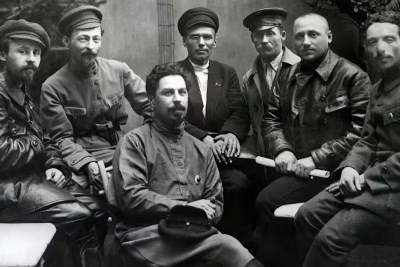


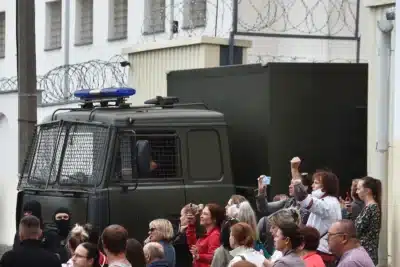

Leave a Reply
You must be logged in to post a comment.